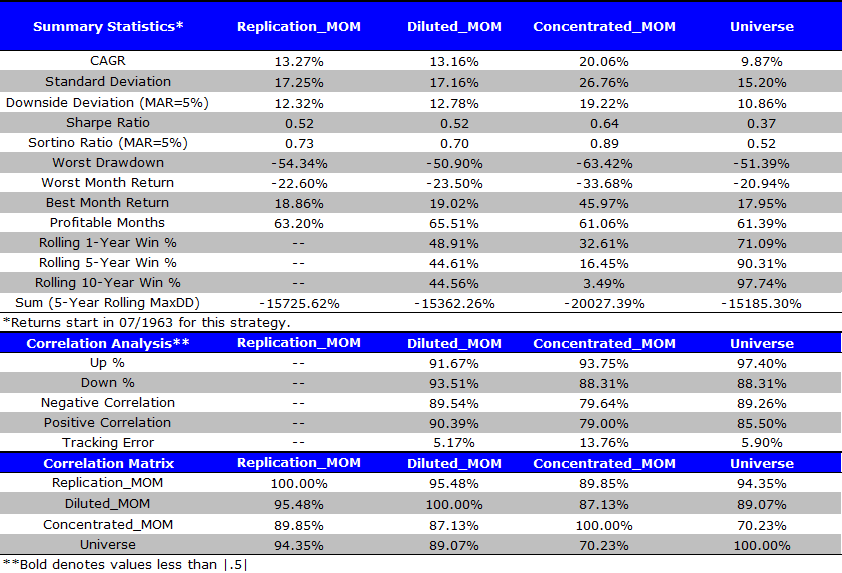Four Popular Active Share Trading Strategies
Post on: 30 Март, 2015 No Comment

Do you trade stocks or currencies?
Then here are four of the most popular strategies that traders use.
This is an article contributed by one of the readers here, sent through email, who would like to share with you this information.
I hope you find this as helpful as I did.
And as a trader, its good that you practice more than one strategy in your trading.
Lets now read what he has to say.
There are numerous trading strategies out there, and finding the right one involves working out what kind of investor you are, what kind of trading you want to do, and what you want to get out of your trades.
Each strategy works in a different way, so it’s important to do some research to work out which one provides the kind of results you’re looking for.
Here we will look at four popular trading strategies for active trading. Unlike buy-and-hold investors who prefer investing in shares for the longer-term, active traders look at investments in the short-term. This can mean buying and selling in a day, several days, or several weeks, following trends and making quick profits.
Day trading is one of the best-known styles of active trading. As you might expect, day trading involves buying and selling shares within the same day, and no shares are held overnight. Day trading involves a good knowledge of the market and current trends.
Day trading was traditionally the stronghold of professional traders, given the amount of short-term trading done each day. However online share trading has made it easier and more affordable for regular investors to get involved too.
Position trading relies on the investor understanding trends in the share market. A position trader needs to analyse longer-term charts to determine what trends are forming and where the market is heading.
These trades will usually last somewhere between a few days and a few weeks, depending on the trend the trader is following. To determine a trend, the investor must look for successive higher highs or lower highs. Doing this correctly will allow the investor to ride trends up and down, getting involved usually after a trend has established itself.
Once the trend breaks, the investor will usually sell. Bear in mind this can be a tricky strategy when the market is volatile.
Unlike position traders who usually sell when the trend breaks, swing traders wait for that break before they get involved. When a trend breaks, there is usually some price instability. Swing traders use that instability to buy or sell. To make swing trading successful, the market needs to move up or down – a sideways market makes swing trading tricky.
Following trends and swing trading involves technical analysis (analysing price movement of a stock to try to predict price movement in the future) and fundamental analysis (analysing company information, company management and the economy to make investment choices) to determine when to buy and sell stock.
Scalping is a short-term active trading strategy that involves buying at the bid price and selling at the ask price, and taking advantage of price gaps in the spread. Because scalping is a short-term trading strategy, the risk can be less than that involved in other types of active trading.
Investors who use scalping strategies generally won’t trade in large volumes or large moves, but instead will rely on taking advantage of small moves more often. This can result in smaller profit levels, which means many scalpers choose to invest in more liquid markets.
Enter your email address for your free subscription to Ready To Be Rich:














